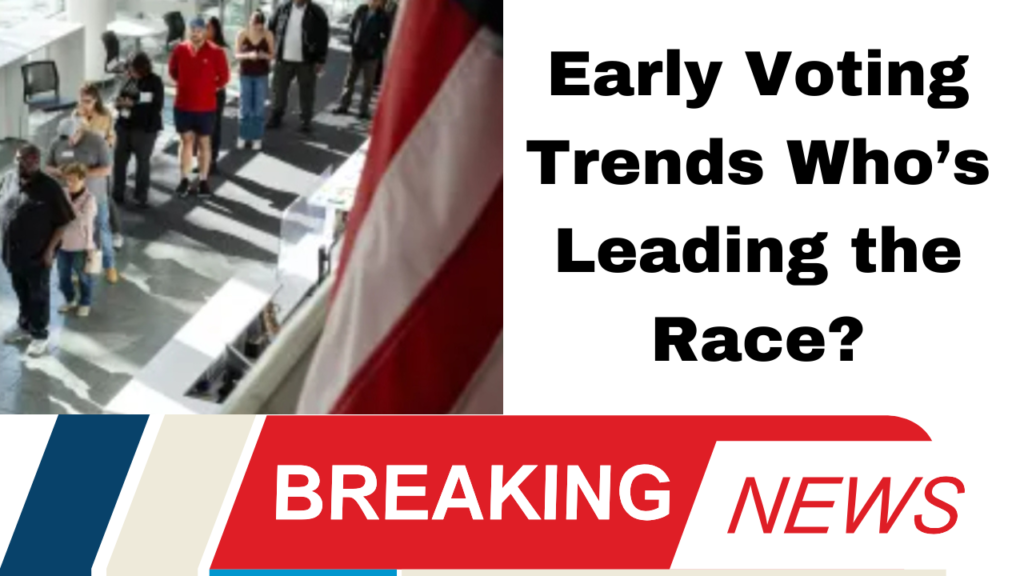As Election Day approaches, millions of Americans are taking advantage of early voting options. Early reports indicate that over 18 million ballots have already been cast, a significant uptick from previous elections. For context, more than 150 million total ballots were cast in the 2020 presidential election.
In Georgia, Secretary of State Brad Raffensperger forecasts that up to 70% of the votes will be cast before Election Day. This year, more than 1.7 million ballots have already been submitted, a substantial portion of the nearly 5 million votes cast in 2020. Notably, women represent 55% of early voters, while older voters constitute the largest age group participating thus far.
Interesting trends are emerging in early voting data. In several key states, Republicans appear to be narrowing the Democratic edge in early ballots. For instance, Nevada has seen more Republican votes than Democratic, while both parties are nearly tied in North Carolina. This shift may raise concerns for Democrats who benefited from a strong early mail-in vote in 2020.
In North Carolina, nearly 1.4 million ballots have been cast, with Republican and Democratic voters participating in equal numbers. Strategists are closely monitoring unaffiliated voters, who could be decisive in this election. The ongoing campaign events by Vice President Kamala Harris, alongside former Republican Rep. Liz Cheney, may sway these crucial undecided voters.
Data from Georgia shows that Black voters, who comprised about 29% of the electorate in 2020, represent 31% of early voters this year. Meanwhile, early voting in Wisconsin and Pennsylvania indicates a higher participation rate among women. In Wisconsin, only 400,000 ballots have been cast so far, compared to over 3 million in 2020.
While comparing early voting trends between 2020 and 2024, it’s important to recognize demographic changes. Analysts suggest that the proportion of college-educated White voters and voters of color supporting Democrats has increased. Meanwhile, the share of working-class White voters, who traditionally lean Republican, has seen a decline in states like Wisconsin and Michigan.
As early voting continues, it’s clear that the landscape is shifting. Voter demographics, party strategies, and early voting patterns all suggest that this election could hinge on small but significant changes in voter behavior. With millions of ballots yet to be cast, every vote counts as we head toward Election Day.











More Stories
Understanding America’s Regional Patchwork A Guide to the Key Political Areas
The Electoral College Debate A Closer Look at Its Impact on Modern Elections
November’s Unsettling Tropical Outlook Potential Storms Loom in the Atlantic